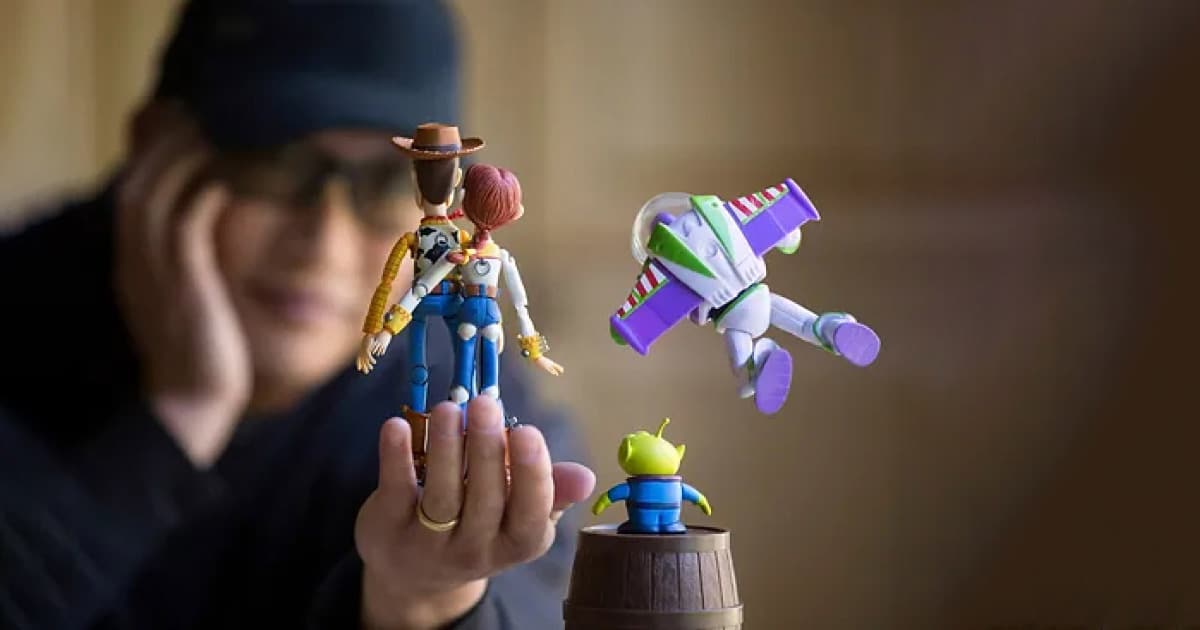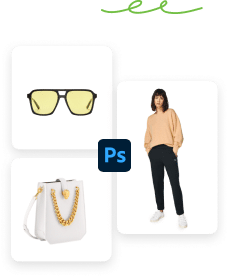This is my ( Mitchel Wu) journey to the incredibly niche genre of photography known as toy photography. As you’ll see below, this isn’t the photography of static toys against a white background. My toy photography revolves around storytelling and the creation or utilization of found environments and/or sets. It also often involves the use of dynamic practical effects to support the stories being told.
It’s been a journey with incredible peaks and valleys, and unexpected turns. Like many photographers working today, I am completely self-taught. Decades ago I attended the California College Of The Arts in Northern California and graduated with a degree in illustration. Although the tools I used back then were pencils and paint brushes, what I learned about composition, color and storytelling has undoubtedly helped shape the look and feel of the photographic images I create today.
What you’ll learn in this article
The Beginning
In 2015, I found myself at a crossroads in my wedding photography career. My daughter was entering high school and I was missing all of her weekend sports competitions because weddings happen primarily during weekends. It was because of this that I decided to close my wedding photography business by the end of that year, even though I was uncertain about what to do after photographing my final wedding.
How I Came Across Toy Photography?
It was during this uncertainty that my nephew introduced me to toy photography, at the time a relatively new genre of photography that I had very little knowledge about. Intrigued by the idea of capturing miniature scenes and characters, I decided to give it a try. From the very first click of the shutter, I knew I had found my next career.
Never mind that I didn’t know of any other photographer that was photographing toys professionally. And from that day on, I never looked back. But I want to go back further, to the why and when of when I first decided to pursue photography as a career.
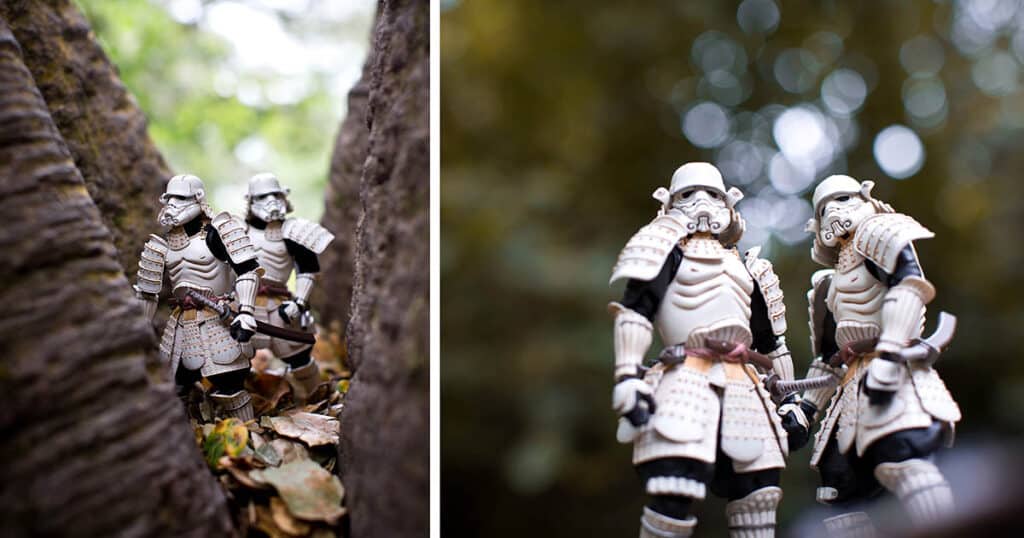
The Challenges That Shaped Me Today
In 2006, I had the highest-paying job of my 20-year product design and product development career, but sadly, it was also the worst job I ever had. I had a brutally long commute, and to make matters worse I really disliked the product I was working on. Coinciding with this career low, my world was turned upside down by the unexpected passing of my older brother. Both of these things were a huge wake-up call to me.
I know that the saying, “Life is short” is an overused cliche, but it’s also shockingly true. And I never felt it ring truer than at that moment. I didn’t want to waste another moment of my life on a career I no longer felt any passion for. So I decided to dramatically switch things up and make photography my career.
I always enjoyed photography and the storytelling it encouraged, so it wasn’t a concern to me that I’d never picked up a DSLR camera in my life – I would learn. And the learning continues to this day, 17 years later.
How Did My Professional Photography Career Begin?
I don’t think my journey as a professional photographer was very different from many other photographers during my first 9 years.
I began by focusing on portraits, headshots, and the occasional corporate photography.

I was even a credited production stills photographer on a film set.

Photography Equipment I Started Out With
My first DSLR was a Canon Rebel paired with the Canon EF50mm f/1.8, also known as the Nifty Fifty. I learned the basics and more about that entry-level camera and lens. As I progressed in my career I upgraded my camera to the Canon 40D, and I remember being blown away by its 6.5 fps.
Kickstart with Wedding Photography
In 2009 my friend’s widowed Mom was remarrying and asked me if I would photograph her wedding…something I honestly thought I’d never do. But I couldn’t say no. One of the first things I did after I agreed to photograph her wedding was start researching what kind of wedding photography was being produced at that time.
To my surprise, much of it was beautiful – full of details and storytelling. So much more beautiful and artful than the wedding photos I remembered from the 70s and 80s. I set my bar high for that first wedding, but in the end, it was everything I could do to just capture the main moments of the day and not miss anything. High art went out the window as if the bride threw it with the bouquet of flowers. But with that first wedding under my belt, I knew it was something I could immerse myself in and make a career out of, so I dove in headfirst.
Camera and Gear I SKilled Up With Next
- I eventually moved up to the full frame Canon 5D, and although it only offered a slow 3 fps, it created the most beautiful color rendering.
- I eventually upgraded again to the Canon 5D Mark III, which was a fantastic well-rounded camera.
- I also continued to add more Canon lenses to my kit, including the 17-40L, the 24-70 f/2.8 II, the 35mm f/1.4L, the 50mm f/1.2L, the 70-200 f/2.8L, and the 135mm f/2L.
- I also learned how to use on and off-camera speedlights. The off-camera lights were especially useful when shooting wedding receptions in dark rooms.
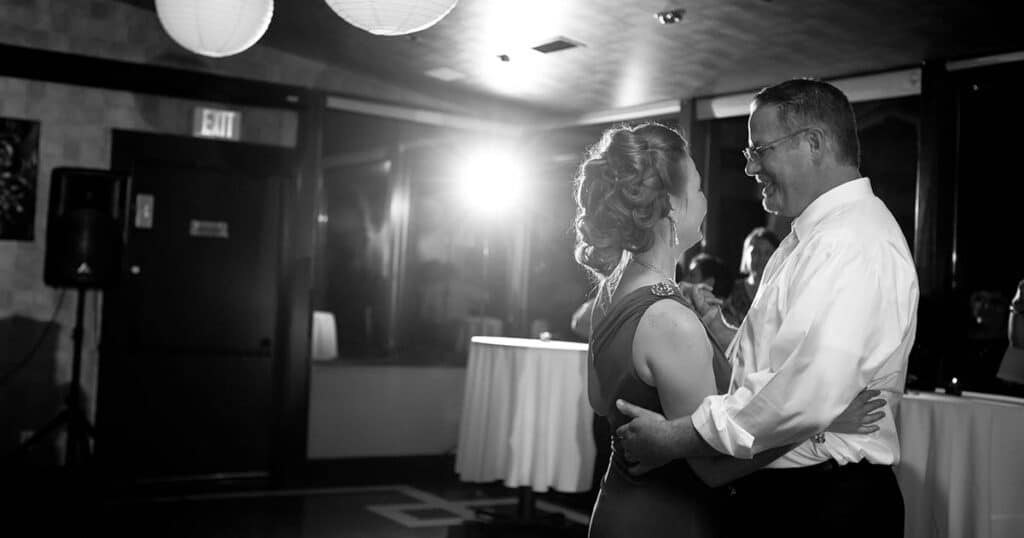
I photographed over 100 weddings between 2009 and 2015. Wedding photography forces one to learn how to shoot in almost every imaginable environment and condition, from bright sunlit outdoor ceremonies to dark reception halls, from static scenes to fast-moving action, from people to details like wedding rings and table settings.
Show me a great wedding photographer and I’ll show you a photographer who has an excellent understanding of their cameras and lighting and excels at shooting in almost any condition.

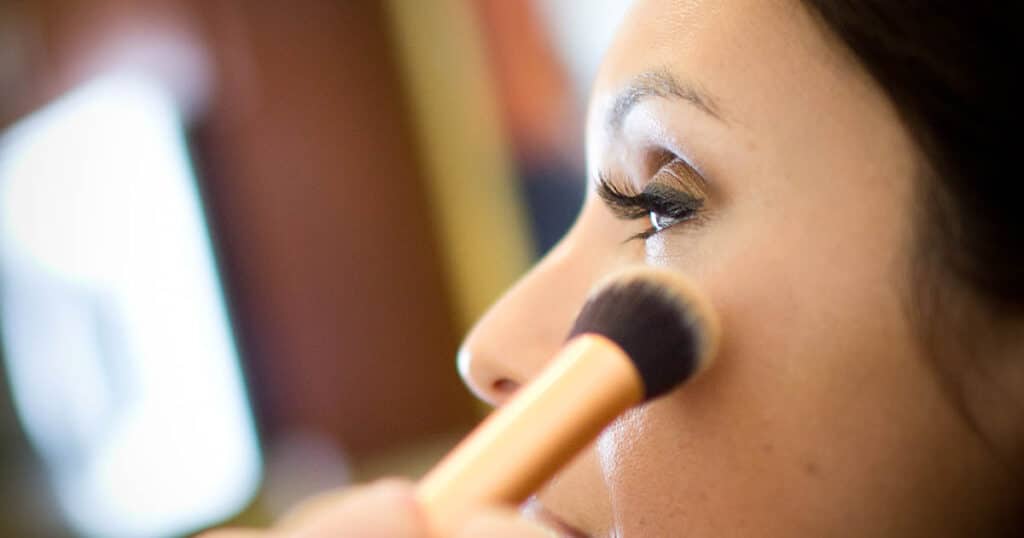
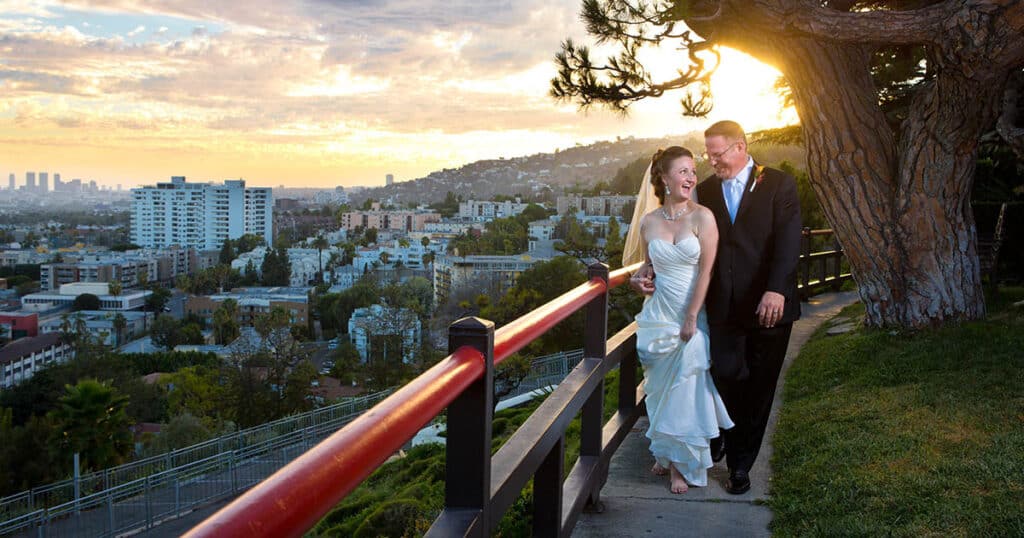
Entering Into Toy Photography
August 2015 – enter toy photography. My journey to toy photography was very different from most toy photographers. Most began as toy collectors and toy enthusiasts with little to no photography experience. They saw some creative toy photography online, loved what they saw, and decided to try it. So many amazing toy photographers began this way.
However, I came into toy photography with absolutely no toys but with a strong foundation in photography, so I was able to jump right in and start creating pretty seamlessly. In fact, many of the techniques I learned while photographing weddings were applicable to toy photography, especially lighting and photographing details like wedding rings, table decor, etc.
Did I Switch My Equipment for Toy Photography?
Because of my years of lifestyle and wedding photography, I didn’t need to buy anything but toys to get started with toy photography. Most of the gear I had transferred seamlessly to toy photography.
I learned pretty quickly though that my speedlight flashes were overkill, so I began using smaller, continuous LED lights to light my sets. I prefer small LED lights because they scale better with the toys and the small environments I shoot them. And because they’re continuous you can immediately see how a light affects your scene, making it quick and easy to adjust them as needed.
Eventually, as I became more experienced and gained more clients with toy photography, I upgraded from the Canon 5D Mark III to the Canon R6, a move I consider a game changer for the way I work. At 10 fps, the R6 has a considerably faster shutter speed than the Canon 5D Mark III. This means I capture more images of the fast-moving practical effects I create (splashing liquids, explosions, etc), meaning I have more options to work from. The articulating LCD screen meant I wouldn’t have to lay on the ground anymore for ground-level shots. Also, the screen is filled with focus points, which the Canon 5D Mark III most definitely wasn’t. So even if I put an action figure off to the farthest edge of the screen there will be focus points there to ensure I nail the focus.
What really drew me to toy photography was the ability to tell amazing stories – stories filled with humor, emotion, and nostalgia. Here are a few more examples of my toy photography.
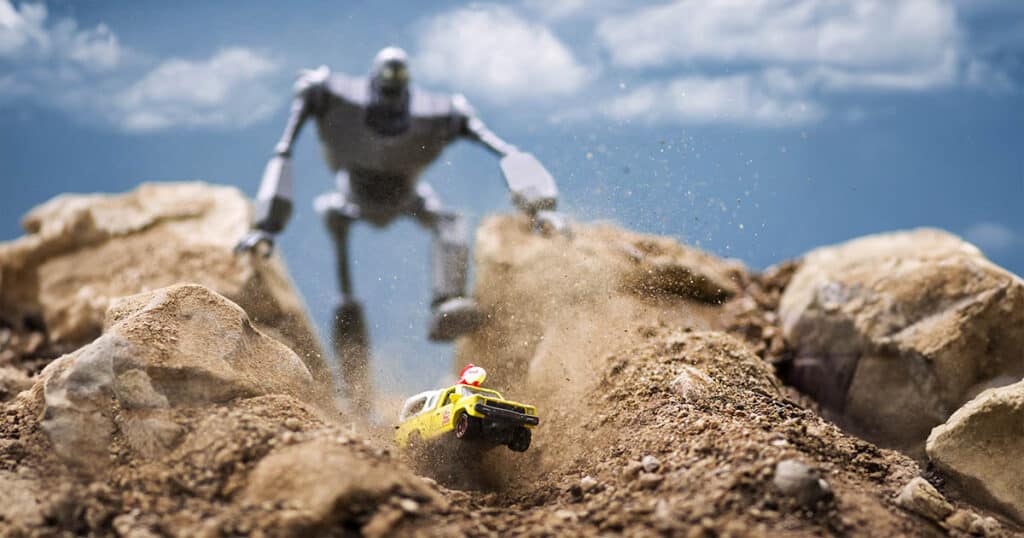
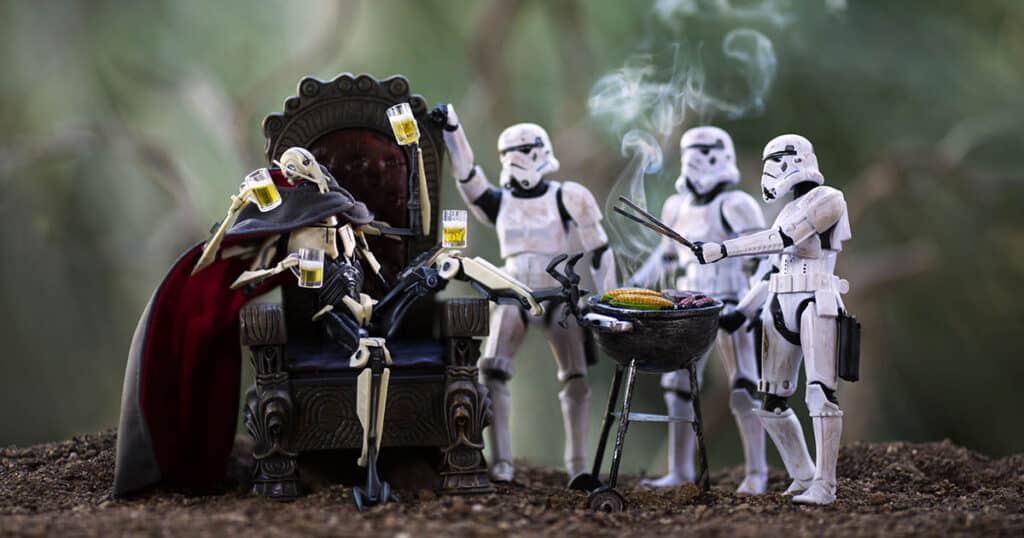
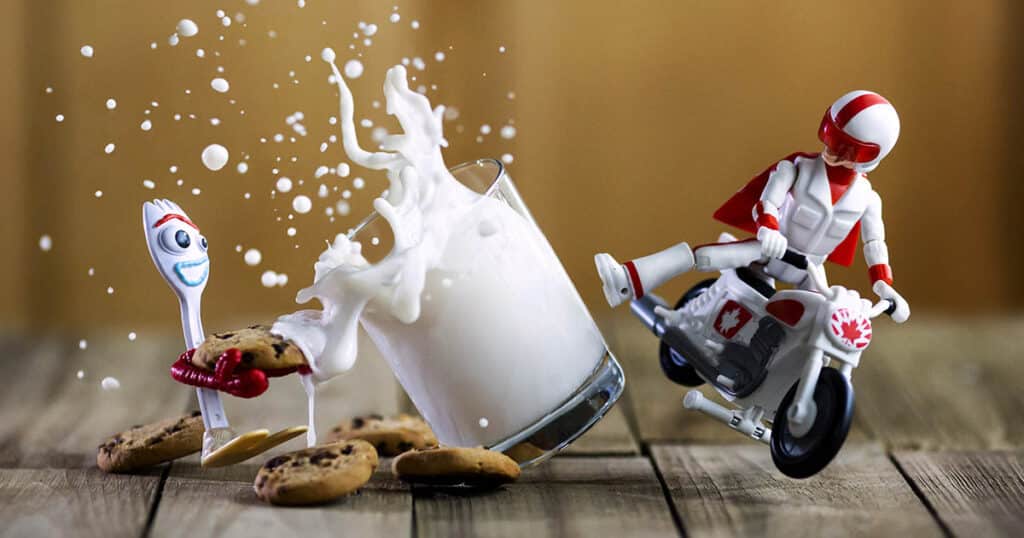
To Conclude. . .
Toy photography continues to be an incredible journey, one that has led to my creating images for many of the large toy companies and entertainment studios.
I’ve worked on campaigns for Disney, Marvel, Nickelodeon, and Crunchyroll.
And properties I’ve worked on include Toy Story 4, Stranger Things, My Hero Academia, Hot Wheels, Barbie, and many more. Check out this mini-documentary to see behind the scenes how I create my images.
Check back often for more of my articles here on the Clipping Path Studio Blog. I’ll do deep dives into the gear I use, my techniques, my business learnings and strategies, marketing and SEO, storytelling, and more.
Visit https://www.mitchelwutoyphotography.com for more information.
